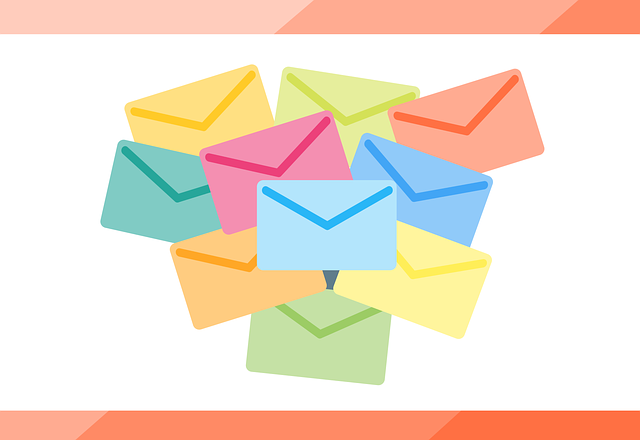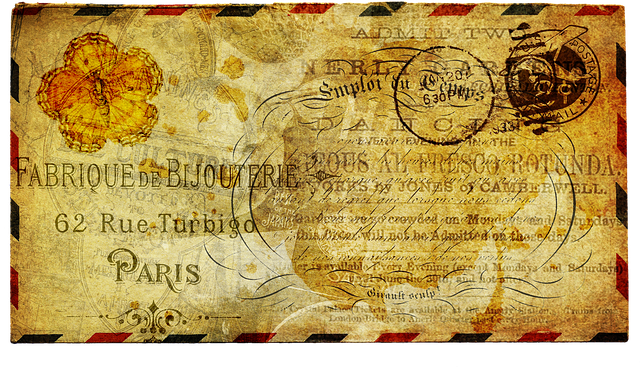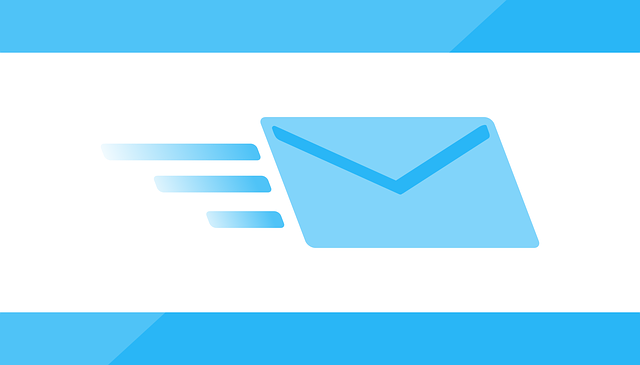Did you know that 47% of email recipients decide whether to open an email based solely on its subject line? With such a high stakes game, it’s crucial to strike the perfect balance between email design and content to capture your audience’s attention and drive engagement.
In this article, we will explore the dynamic relationship between design and content in email marketing and how finding that sweet spot can make all the difference.
To begin, we’ll delve into the importance of establishing a clear goal for your email campaign. By defining your objectives from the start, you can align your design and content to work together seamlessly.
Next, we’ll dive into the world of email layout, exploring strategies to create eye-catching and user-friendly designs that entice recipients to open and read your message.
Then, we’ll discuss the art of crafting compelling and persuasive content that drives action and builds customer loyalty.
Additionally, we’ll explore the power of incorporating visual elements to enhance the email experience, making it more engaging and memorable.
Finally, we’ll delve into testing and analyzing the performance of your email campaigns, allowing you to fine-tune your approach and achieve optimal results.
Get ready to strike that perfect balance between design and content, and watch your email marketing soar to new heights.
Key Takeaways
- The subject line is crucial for capturing attention and driving email open rates.
- Balancing email design and content is important for engaging recipients and achieving campaign goals.
- Personalization in email marketing creates a sense of connection and relevance.
- Mobile optimization is essential for maximizing email engagement as more people access emails on their phones.
Understanding the Role of Design and Content in Email Marketing
You’re probably wondering how design and content work together to create an unforgettable email marketing campaign. Well, let me tell you, they are like the dynamic duo of the email world.
The importance of personalization in email marketing cannot be stressed enough. When you tailor your content to the individual recipient, it creates a sense of connection and relevance that can’t be beat.
And let’s not forget about the impact of mobile optimization on email engagement. With more and more people checking their emails on their phones, it’s crucial that your design is responsive and visually appealing on mobile devices.
Now, as we move on to establishing a clear goal for your email campaign, keep in mind that both design and content should align seamlessly with your objectives.
Establishing a Clear Goal for Your Email Campaign
To create an effective email campaign, it’s important to start by clearly defining the goal you want to achieve. Whether it’s increasing sales, driving website traffic, or building brand awareness, having a clear objective will guide your content and design decisions.
A personalized email experience is key to capturing your audience’s attention and driving engagement. By segmenting your email list and tailoring your content to specific groups, you can create a more relevant and meaningful experience for your subscribers.
Additionally, optimizing email subject lines is crucial in increasing open rates and enticing recipients to click through. Craft compelling subject lines that pique curiosity and create a sense of urgency.
As you move forward into designing an eye-catching and user-friendly email layout, remember to keep your goal in mind and align your design choices accordingly.
Designing an Eye-Catching and User-Friendly Email Layout
Capture your audience’s attention with a visually appealing and intuitive email layout that effortlessly guides them towards your desired action. When it comes to user engagement and optimizing deliverability, a well-designed email layout can make all the difference. To create an eye-catching design, consider using a two-column and three-row table in your email. This layout allows you to showcase important information and images side by side, making it easy for readers to digest the content. Use contrasting colors and bold fonts to highlight key points and calls to action. Additionally, ensure that your email layout is mobile-friendly, as many people now access their emails on smartphones and tablets. By creating an email layout that is visually appealing and user-friendly, you can maximize user engagement and increase the chances of your email being read. Transitioning into crafting compelling and persuasive email content, remember that a captivating layout is just the first step in capturing your audience’s attention.
Crafting Compelling and Persuasive Email Content
Engage your audience from the first line with a compelling and persuasive email that leaves them eager to learn more. To achieve this, incorporate engaging storytelling techniques that captivate your readers and compel them to continue reading.
Use vivid language, relatable anecdotes, and powerful emotions to draw them in and make a personal connection. Additionally, include an effective call to action that clearly communicates what you want your audience to do next. Whether it’s making a purchase, signing up for a newsletter, or attending an event, make it easy for them to take that next step.
By combining engaging storytelling with a strong call to action, you can create an email that not only grabs attention but also motivates action.
Now, let’s explore how incorporating visual elements can enhance the email experience.
Incorporating Visual Elements to Enhance the Email Experience
Including eye-catching visuals in your email can transport your audience to a world of vibrant colors and captivating imagery. Visual storytelling is a powerful tool that can enhance the email experience and make your content more memorable.
Here are four reasons why you should incorporate visual elements into your emails:
-
Grab attention: A striking image or a well-designed infographic can instantly capture your audience’s attention and make them more likely to engage with your email.
-
Convey information quickly: Visuals can simplify complex concepts and deliver information more effectively than plain text, allowing your audience to understand your message at a glance.
-
Enhance brand consistency: Consistent use of visuals, such as your logo or brand colors, reinforces your brand identity and helps your audience recognize and trust your emails.
-
Increase engagement: Visuals can evoke emotions and create a connection with your audience, leading to higher click-through rates and conversions.
By incorporating visual elements, you can create a more engaging email experience and increase the effectiveness of your campaigns.
Now, let’s explore how testing and analyzing the performance of your email campaigns can further improve your results.
Testing and Analyzing the Performance of Your Email Campaigns
Get ready to embark on a journey of discovery as we delve into the realm of testing and analyzing the performance of your email campaigns, where you can unlock the hidden secrets to optimizing your results.
A/B testing and email segmentation are two powerful tools that can take your email marketing to the next level. With A/B testing, you can experiment with different subject lines, layouts, and call-to-action buttons to see what resonates best with your audience. By analyzing the results, you can make data-driven decisions and refine your email content to maximize engagement and conversions.
Email segmentation allows you to divide your subscriber list into smaller groups based on demographics, preferences, or behaviors. This enables you to deliver personalized and targeted content that speaks directly to the interests and needs of each segment, increasing the likelihood of success.
So, are you ready to unlock the full potential of your email campaigns? Start testing and analyzing today!
Frequently Asked Questions
How can I ensure that my email design and content align with my brand’s overall visual identity?
To ensure brand consistency and visually tell your story, align your email design and content with your brand’s overall visual identity.
Start by understanding your brand’s visual elements, such as colors, fonts, and logo. Use these elements consistently in your email design, including the header, footer, and call-to-action buttons.
Incorporate your brand’s tone and voice in your content, keeping it concise and persuasive.
By maintaining this alignment, you’ll create a cohesive and impactful email that effectively represents your brand.
Are there any specific guidelines or best practices for designing email layouts that are mobile-friendly?
To create mobile-friendly email layouts, it’s crucial to focus on responsive design and layout optimization.
Did you know that 58% of people open emails on their mobile devices?
To ensure your emails look great on any screen, use responsive templates that adapt to different devices.
Optimize your layout by keeping it simple, using a single column design, and using large, easy-to-click buttons.
By following these guidelines, you’ll engage more recipients and increase your email’s effectiveness.
What are some effective techniques for grabbing the reader’s attention with the subject line and preheader text?
Creating compelling subject lines and crafting enticing preheader text are essential techniques for grabbing the reader’s attention.
To create a subject line that stands out, use vivid language, personalization, and a sense of urgency. Keep it concise and avoid spammy words.
Additionally, your preheader text should complement the subject line by providing a sneak peek of what’s inside the email. Use it to tease the content, highlight a benefit, or ask a question.
These techniques will entice readers to open your email and engage with its content.
How can I incorporate video or interactive elements into my email design to engage readers?
To engage readers with your emails, leverage the power of video marketing and interactive emails. Incorporate captivating videos that showcase your products or services, sparking curiosity and encouraging clicks.
Interactive elements, such as quizzes or polls, make your emails more engaging and encourage interaction. By combining the visual appeal of videos and the interactive nature of emails, you can create a dynamic and compelling email that captivates your audience from the moment they open it.
What metrics should I track and analyze to measure the success of my email campaigns?
To measure the success of your email campaigns, focus on the vital metrics that act as guiding stars in the vast email marketing galaxy. Keep an eye on open rates, click-through rates, conversion rates, and unsubscribe rates.
These metrics will unveil the celestial secrets of your campaign’s success. Analyzing email campaign success becomes effortless when these metrics are tracked diligently.
Illuminate your path to success by understanding and optimizing these key metrics.
Conclusion
Congratulations! You’ve reached the end of this captivating journey into the world of email design and content. Now armed with valuable insights, you possess the power to create email campaigns that will leave your audience spellbound.
Remember, the perfect balance between design and content is the key to unlocking remarkable results. So, go forth and weave mesmerizing emails that will captivate your readers like never before. Your campaigns will soar to new heights, leaving a trail of awe and wonder in their wake.
Now, let your creativity take flight!








